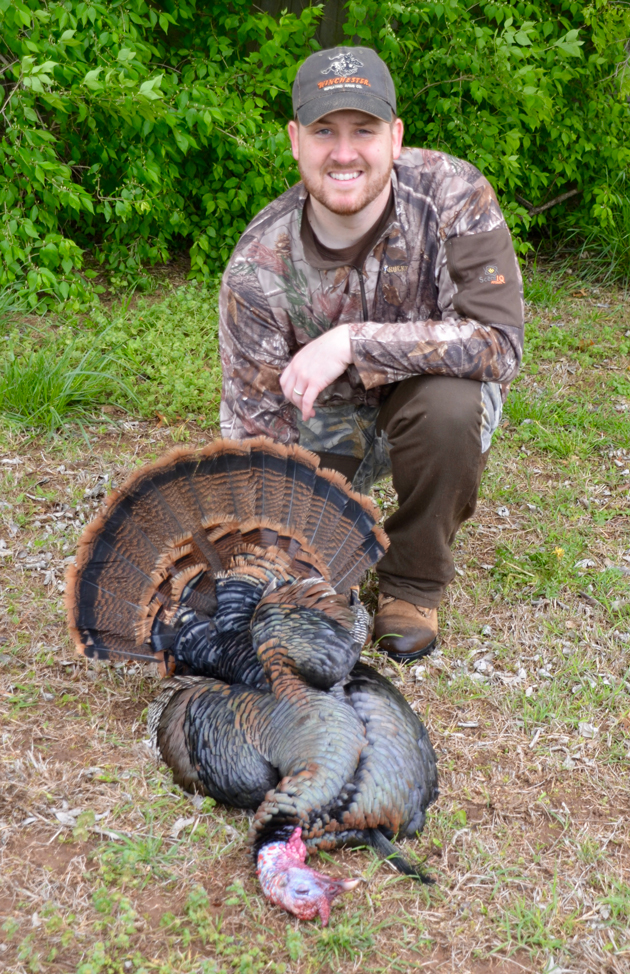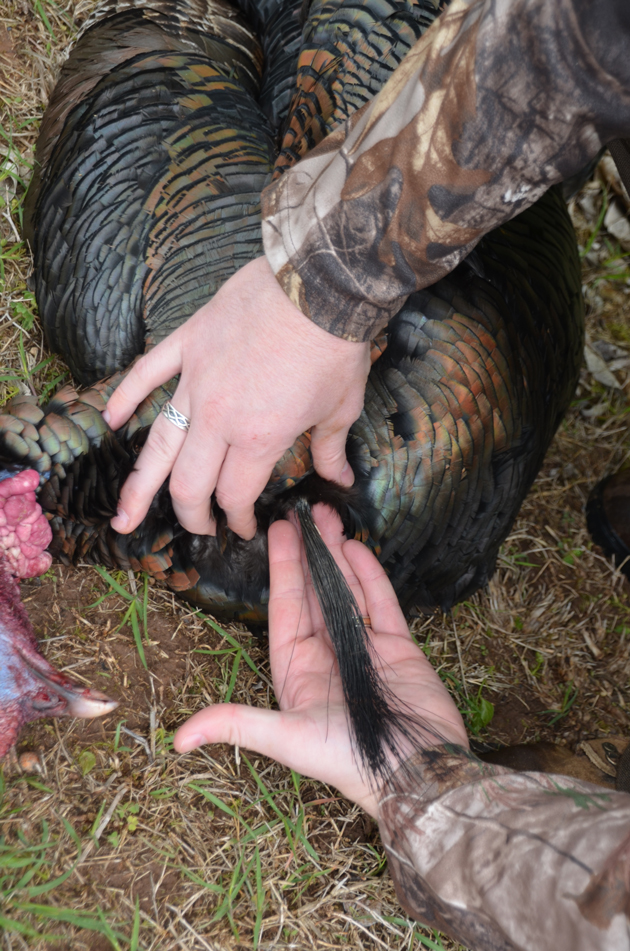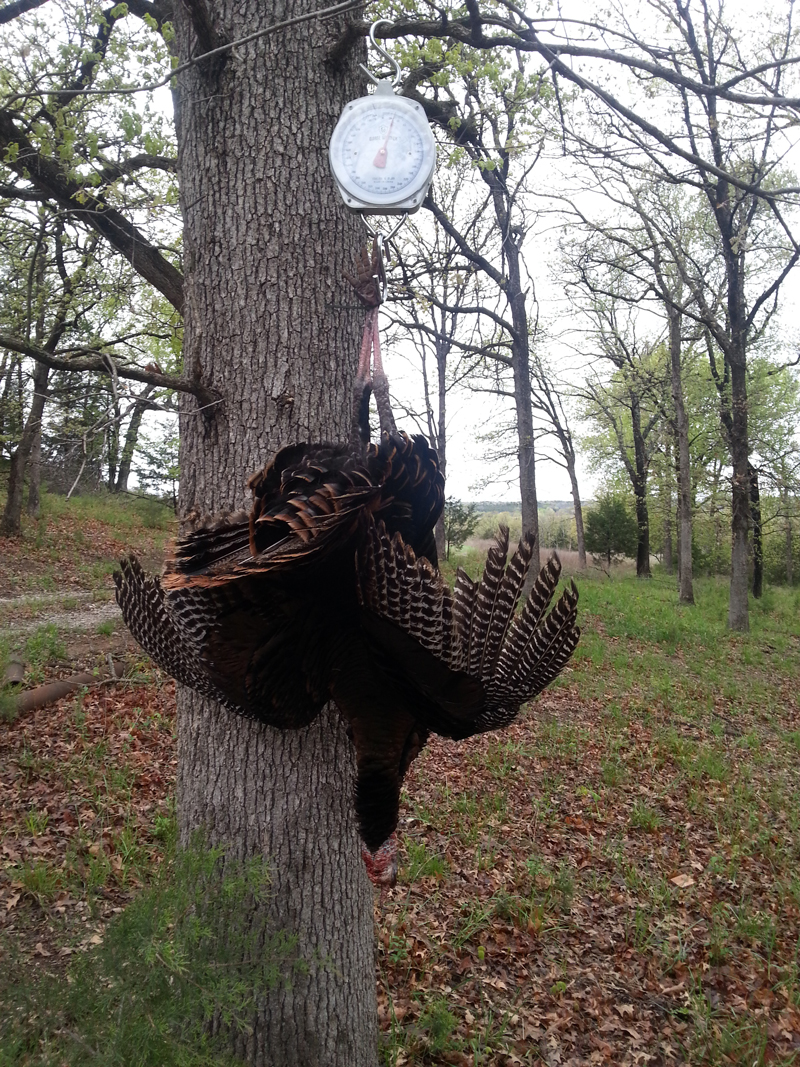“Eastern turkeys are like men and Rios are like women.”
When I asked my friend who lives in the southeastern part of Oklahoma what he meant by that, he said, “Easterns won’t talk and Rios never shut up.”
I’ve heard it several times since: Rio Grande turkeys are easy to kill and Eastern turkeys just don’t gobble. But that sure wasn’t my experience.
Truth be told, I was tired of turkey hunting that spring. I’d guided an old friend and a brother-in-law to their first turkeys—both jakes—on opening weekend of Oklahoma’s spring season, and then worked for the next three weeks to coax a mature gobbler into range for myself. I couldn’t even call in a hen.
So when the last Saturday in April rolled around, I slept in. I woke up feeling guilty and told myself I needed to check for morels. I’d found a stash the year before under the skirt of a big cedar, and it seemed perfectly logical to dress in full camouflage to check again. As long as I was wearing camouflage, I might as well throw a shotgun in the truck, or so the thinking went.
I slid out of the truck and eased the gate open to the 80 acres of paradise where I hunt. The road in winds through a stand of post oak and stunted cedar before opening up and stretching across the dam of an eight- or nine-acre pond and climbing the ridge beyond.
I hadn’t walked 50 yards down that road when I spotted a turkey strutting back and forth across the dam. I couldn’t tell if the bird was a jake or a tom, but at that point in the season, it didn’t really matter. If he ventured within range, I’d have something to go with the mushrooms I’d hoped to find.
I backed up, planted a decoy in the dirt, and took a seat at the base of “The Killing Tree.” More than a dozen birds had fallen and flopped when the long, straight, metallic limb protruding from that tree spat fire and #5s, and I felt confident that another was about to join the list.
I made my first call at half past nine and immediately heard gobbles from three different directions, including the dam. That bird, a football field away, had a husky gobble, almost like he had a frog stuck in his throat. Judging by the number of tracks I’d seen around a puddle full of tadpoles, he might well have.
After one more yelp, I went quiet and leaned back to watch and wait. A bird behind me gobbled, but the turkey on the dam had already taken a couple of steps in my direction. He stopped and craned his neck to catch sight of the “bird” he’d heard. When I didn’t call again, he gobbled.
My silence must have frustrated him because he gobbled again. When I still didn’t answer, that turkey did something I’ve never seen before or since: he gobbled every time his left foot hit the ground, well over a hundred times. I pulled the trigger on my 12 gauge when he was just 17 yards away, partly because he was well within range, but mostly because I was sick of hearing him.
The caramel tips on his tail feathers and the fact that he tipped the scales at nearly 28 pounds left no doubt in my mind that this wasn’t another run-of-the-mill Rio. This was an Eastern, my first, and the talkingest turkey I’d ever killed.





